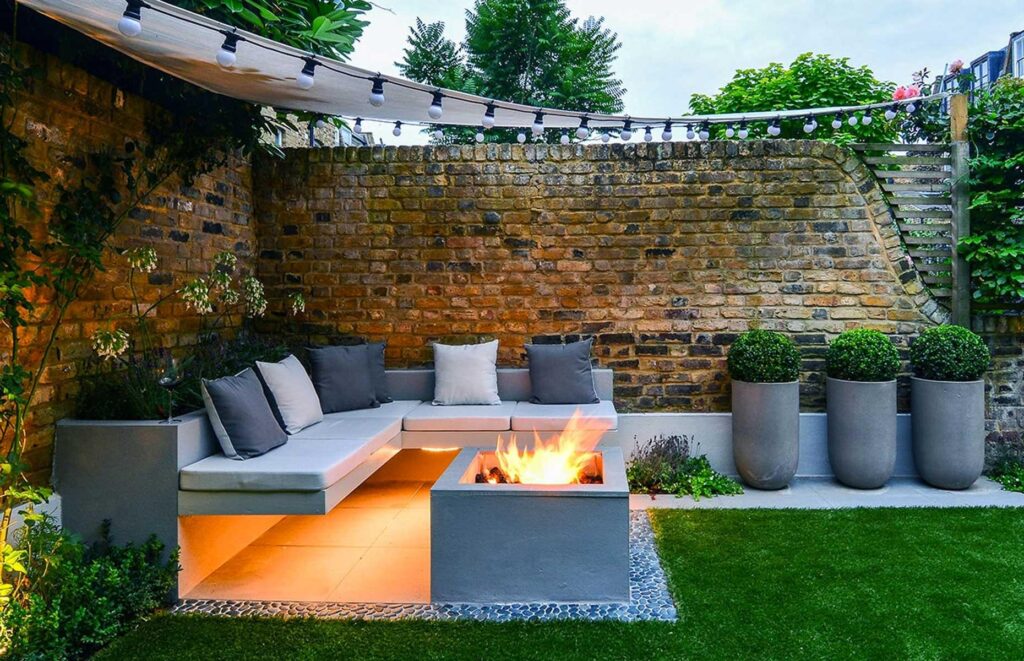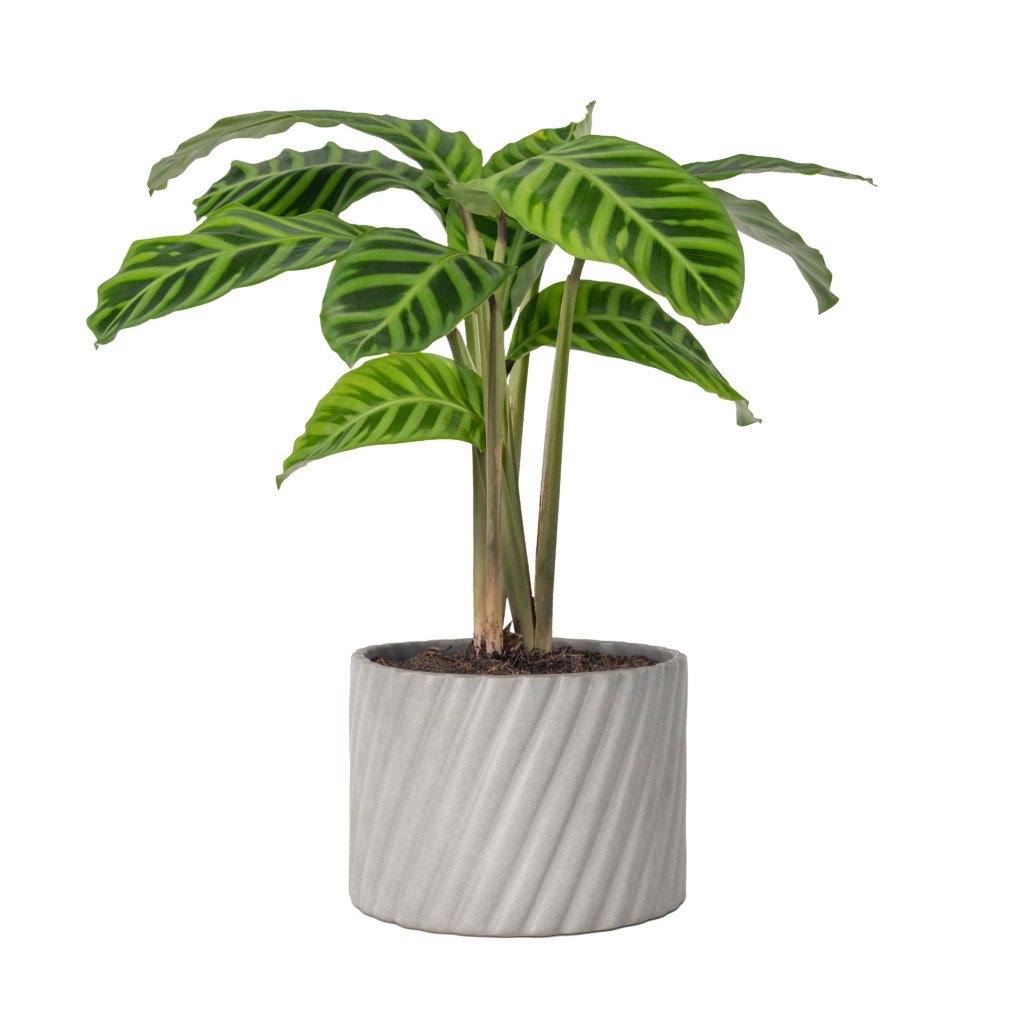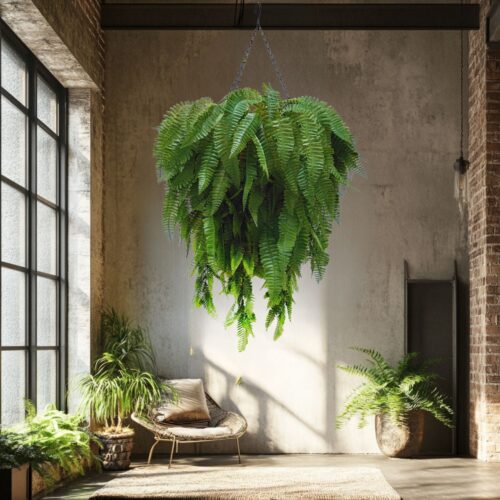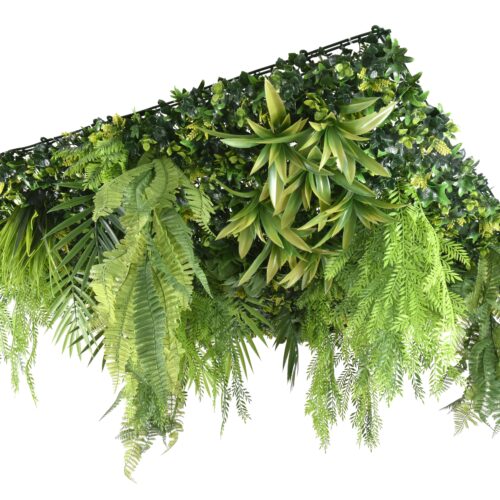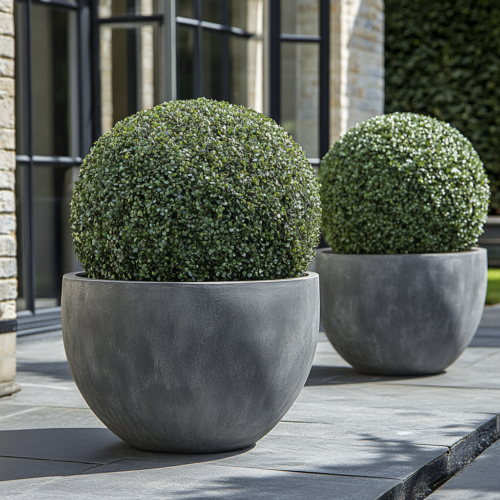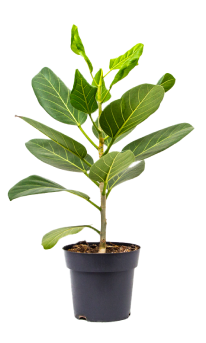Topiary is arguably one of the most versatile planting ranges that lends itself perfectly to both classic and contemporary spaces. Topiary looks wonderful in fun looking maisonettes to formal mansions and can be customised to suit so many styles. Its use is as varied as the different kinds of plants that comprise the topiary family.
This shapely shrub has a long history – having been used for centuries – and has equally mythical symbolism. The concept of topiary became popular in the early Roman times and has been a feature through so many eras, so it’s going to bring a striking yet classic ambience to your space.
There are several options, so stick around for a brief artificial topiary buying guide.
Table of Contents
Why Artificial Topiary
Kinds of Topiary
Topiary Presentation
Why artificial topiary?
Despite the many reasons to love topiary, it does come with a few downsides. Keeping on top of its eye-catching shape can be very labour intensive and requires plenty of pruning, precision, and protection! To keep your topiary looking at its best, you also need to be somewhat artistic to prune it to an attractive shape. If the visual upkeep of topiary plants isn’t the only problem – it is very susceptible to diseases such as box suckers and box blight. Combatting disease renders topiary a challenge to keep as a piece of living architecture in your garden in the long term.
These downsides are easy to overcome. Modern artificial topiary products and organic topiary are difficult to tell apart. Artificial topiary brings you the class and striking elegance we love about topiary without the hard work. If you’re worried about the performance of your topiary plant outdoors, the great news is they’re built for this purpose! All of our artificial topiary plants you will come across are treated carefully with UV protection to ensure their longevity.
Kinds of topiary
There are a few kinds of artificial plants you might see that can be categorised as topiary. Sometimes topiary, on the whole, refers to the specific practice of trimming hedges into ornate shapes. However, in general, other shaped plants or trees can come under the remit of topiary and similarly improve the look of your living space.
You won’t go far wrong with the following topiary offerings when considering artificial additions.
Bay Tree
The artificial Bay tree is traditionally used to frame the entrance of a home; in recent years, this has been done to create a classic yet contemporary style. Dating back to the ancient Greeks, they dedicated the bay tree to the God Apollo (the god of medicine) as placing the bay tree around the home brought happiness and health.
The allure of the Bay tree is that it has a really softening, delicate appearance. In this way, the bay tree appears a little more natural than more trimmed products. Despite this, small Bay trees have a naturally bunched shape to them and retain the ability to draw the eye with a clean, neat silhouette.
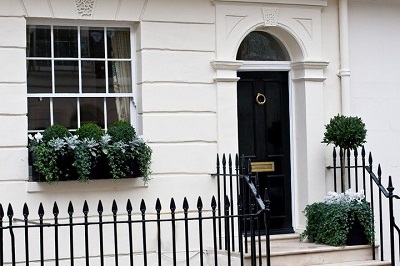
Artificial Boxwood Trees
Boxwood is very often clipped to form other shapes and styles such as spirals, cones and balls. These are great for offering some alternative shapes, texture and style, which helps create a more impactful and regal topiary display. This is what to go for to replicate that desirable Luxembourg Gardens aesthetic. Boxwood is also sometimes referred to as Buxus, from the family Buxaceae.
Many beautiful gardens are made up solely of boxwood. However, you can mix and match artificial plants for a really inspired, eclectic appearance. Putting together an array of different synthetic topiary products is an excellent way of creating the ultimate garden that is both completely maintenance-free as well as relaxed and not too serious!
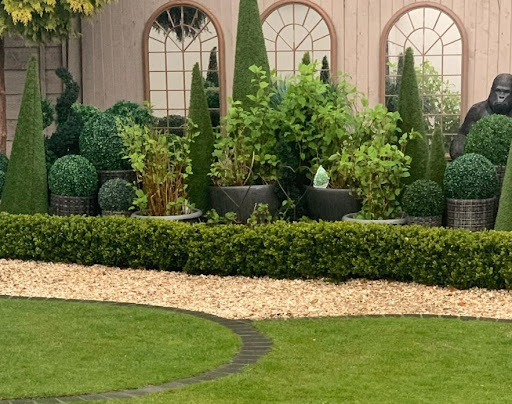
Artificial Buxus Balls
These are our most loved topiary products as they are so versatile and have so many uses. They look wonderful displayed on their own in a decorative planter, to frame an entrance or simply hung as an all year round alternative to a hanging basket.
They are often planted into the ground as an alternative to a hedge with the shapely display being a little more decorative than the square box hedge.
The smaller topiary balls make a beautiful feature in a window box either displayed on their own or complemented by some cascading ivy and floral plants.
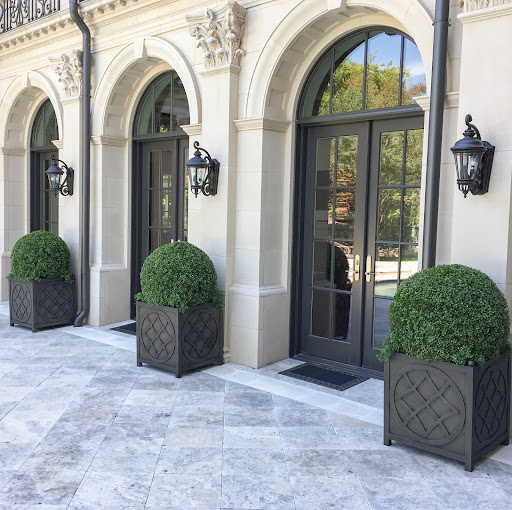
Artificial Hedge
The artificial topiary hedge is one of the newer but most popular additions to the topiary range. Hedges are perfect for creating a decorative border, adding extra privacy and offering additional shelter. The only downside to natural hedges is they take many years to mature and get to the desired height and density.
Our artificial boxwood hedge is made to measure and can, therefore, suit any size or shape. Such versatility means that you can choose whether it’s a miniature hedge, ideal for sitting in a window box, or for creating borders in high rise buildings. Just measure up, and give us the dimensions!
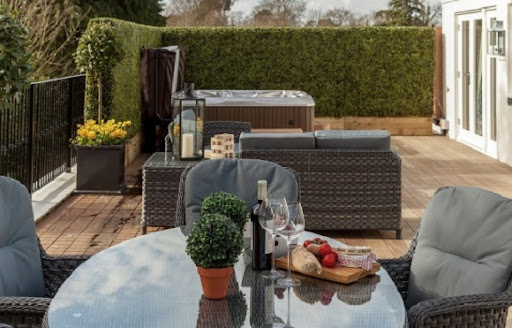
Topiary Presentation
It’s all well and good being in the know regarding the best topiary, but what good is that without knowing where to put them? One of the classic places for your new topiary acquisition has already been mentioned. Either side of your doorway is a traditional way to show off your shapely new shrub.
There are, however, some other ideas that may be useful to know.
Smaller topiary trees and plants can also work wonderfully indoors. Our most popular indoor topiary is the olive tree. This tree is nice and slim so slots perfectly into those dark nooks and crannies without demanding too much space.
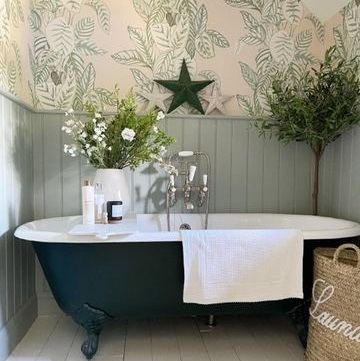
As an alternative to wallpaper interior designers have been creative with our topiary hedge foliage creating striking botanical walls. This is certainly a good talking point for your interior.
Topiary – finishing touches
Finishing touches are essential, and a perfect way to make your topiary personal, and tie it into your home’s style or colour theme. Topiary can be used in everything from eclectic to classic surroundings, so choosing the right kind of planter, lighting, or decoration is key to making sure your topiary looks its very best!
All our topiary products can be quickly transformed for events, special occasions or Christmas time with the addition of some twinkly fairy lights.
The key to showing off your topiary is presenting it in a place that naturally frames – near doorways, along fences and borders and where walls join. Above all, be bold with this most characterful of artificial plant options.
Related Pages
How to Look After Artificial Plants
How to Secure Artificial Plants in Pots
Improve the Exterior of Your Home

